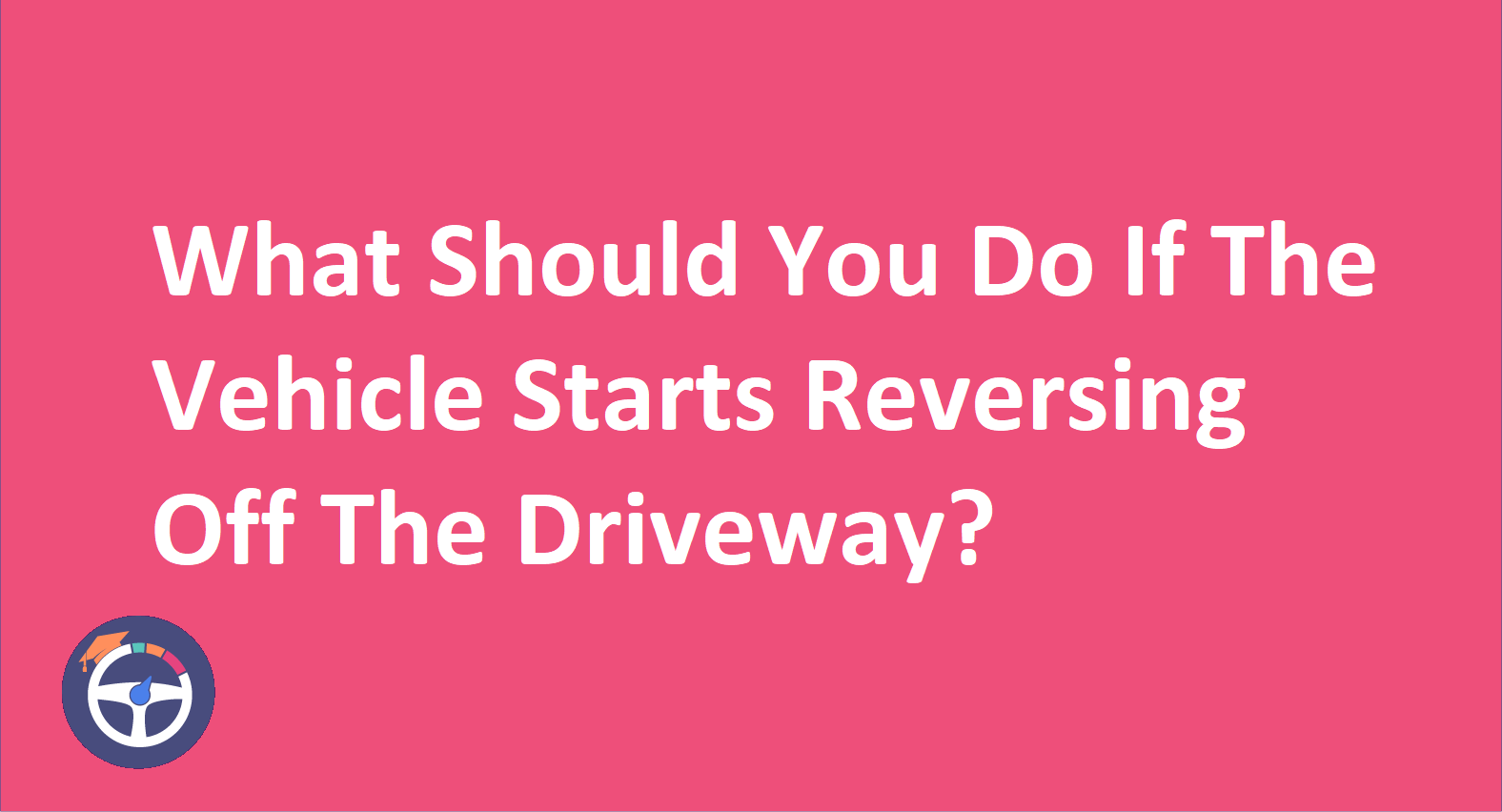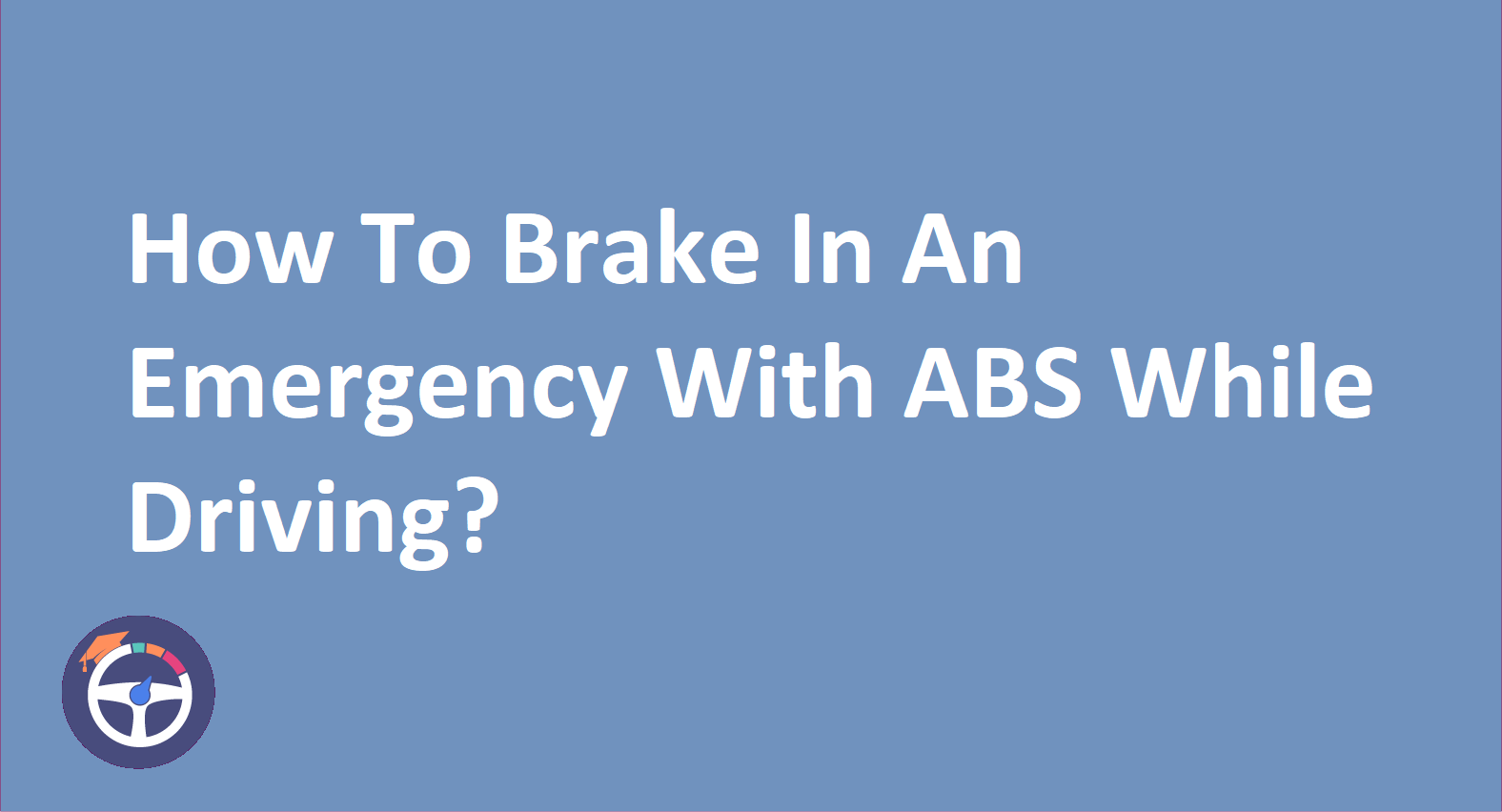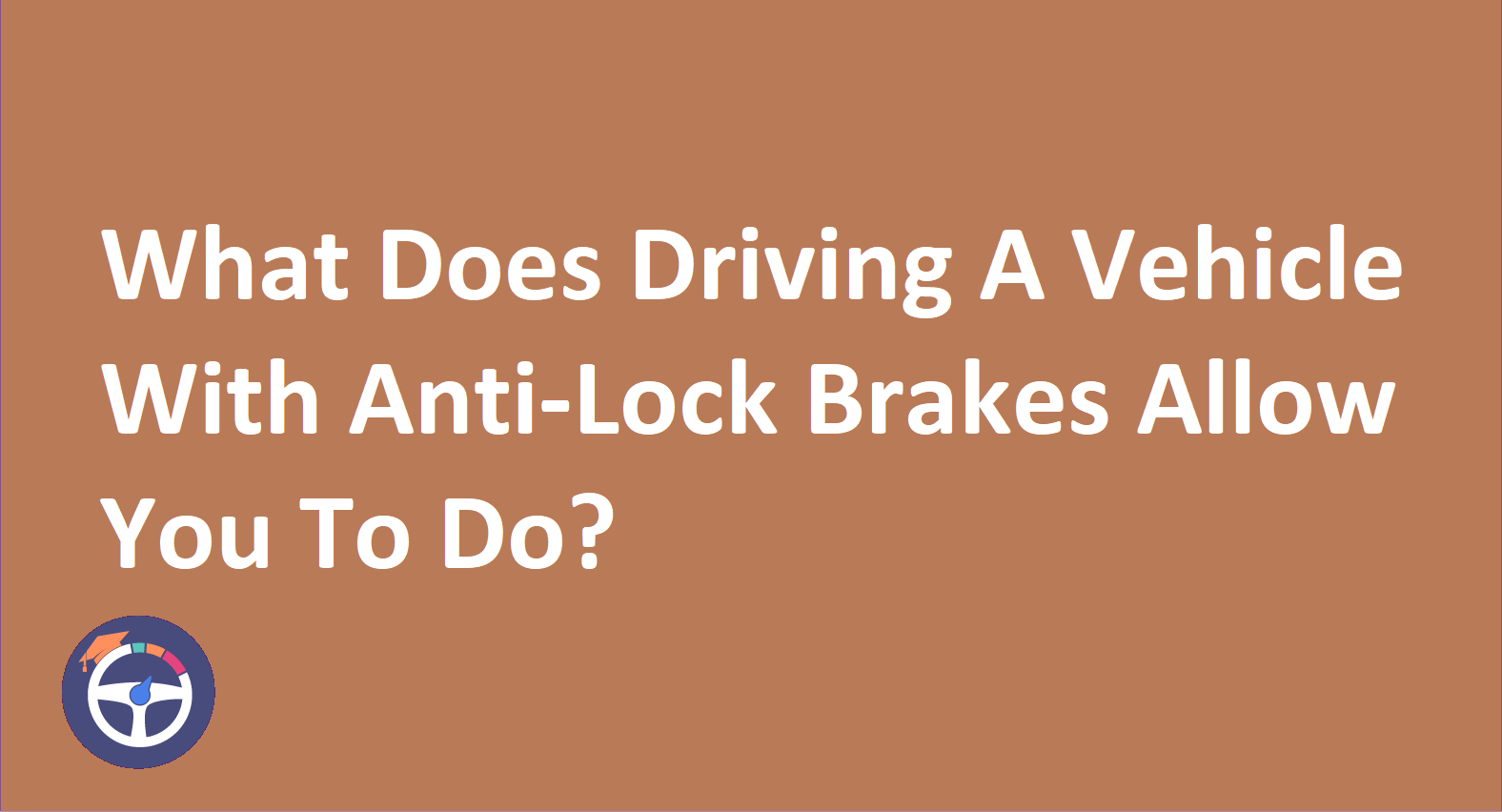How can you use your vehicle's engine to control your speed?
By Umm e Hani on May 09, 2024Contents
- How can you use your vehicle's engine to control your speed?
- Understanding Engine Braking
- How it Works
- Downshifting 101
- Choosing the Right Gear
- Engine Braking on Downgrades
- Safety in Stop-and-Go Traffic
- Benefits of Engine Braking
- Practicing Engine Braking Safely
- Common Mistakes to Avoid
- The Role of ABS (Anti-lock Braking System)
- That’s A Wrap!
- FAQ
Driving is not just about pressing the gas pedal to go faster. It's also about understanding how to control your speed effectively. One essential skill every driver should learn is how can you use your vehicle's engine to control your speed as a brake. This technique not only helps you maintain a safe speed but also contributes to better fuel efficiency and overall vehicle control. In this guide, we'll explore the mechanics behind using your engine as a brake. We will also provide practical tips for acing your UK Theory Test.
Understanding Engine Braking
Engine braking is also known as compression release braking. It is a technique that involves using the engine's resistance to slow down the vehicle. This process is especially crucial when descending steep hills or approaching a stop. Conventional braking relies on friction to slow down wheels. On the other hand, engine braking utilizes the power generated by the engine. This distinction contributes to different braking mechanisms.
How it Works
When you release the accelerator pedal, the engine's throttle closes. Cutting off the flow of fuel to the cylinders. Simultaneously, the throttle valve closes, creating a vacuum in the cylinders. As a result, the engine experiences resistance, causing the vehicle to slow down. This method is particularly effective for maintaining a steady speed without relying solely on the brakes.
Downshifting 101
One key aspect of engine braking is downshifting. Instead of relying solely on the brake pedal, downshifting involves shifting to a lower gear. This will increase the engine's RPM (revolutions per minute). It will also provide natural resistance, slowing down the vehicle.
Choosing the Right Gear
Selecting the appropriate gear is crucial for effective engine braking. Lower gears, such as second or third, offer more resistance and enhance the braking effect. The key is to find the balance between slowing down and maintaining control of the vehicle.
Engine Braking on Downgrades
When tackling downhill slopes, engine braking becomes particularly useful. Engaging a lower gear before descending helps prevent the vehicle from gaining excessive speed. Remember, a controlled descent is a safe descent.
Safety in Stop-and-Go Traffic
Engine braking can also be employed in stop-and-go traffic scenarios. Downshifting eliminates the need for constant shifts between the accelerator and brake pedal. This allows for a smoother and more controlled slowing down. That too without wearing out your traditional brakes.
Benefits of Engine Braking
1. Extended Brake Life
Reduces wear on traditional brake pads.
2. Improved Brake Performance
Minimizes the risk of brake fade.
3. Enhanced Safety
Helps maintain control during downhill descents.
4. Fuel Efficiency
Utilizes engine resistance, saving fuel.
5. Reduced Heat Buildup
Lowers the chance of overheating brakes.
6. Smooth Deceleration
Offers a controlled slowdown without abrupt stops.
7. Minimized Brake Dust
Decreases the generation of brake dust particles.
8. Less Environmental Impact
Creates less wear on brake components.
9. Cost Savings
Extends the lifespan of brake components, reducing replacement costs.
10. Versatility
Effective in various driving scenarios, including stop-and-go traffic.
Practicing Engine Braking Safely
Like any skill, mastering engine braking requires practice. Find an open space or an empty parking lot to experiment with downshifting. Gradually, you'll develop a feel for how your vehicle responds.
Common Mistakes to Avoid
1. Abrupt Downshifting
Sudden shifts can lead to skidding; downshift smoothly.
2. Neglecting RPM
Be mindful of engine RPM to prevent unnecessary strain.
3. Overreliance
Balance engine braking with traditional braking when needed.
4. Lingering in Neutral
Stay in gear to maximize the effectiveness of engine braking.
5. Ignoring ABS
Understand and cooperate with your Anti-lock Braking System.
6. Inattentive Driving
Stay alert to road conditions for timely speed adjustments.
7. Poor Timing
Time your downshifts well to ensure a seamless deceleration.
8. Inadequate Practice
Hone your engine braking skills in a safe and open environment.
9. Misjudging Slopes
Adjust your technique for varying downhill gradients.
10. Overestimating Effectiveness
Use engine braking as a complement, not a standalone solution.
The Role of ABS (Anti-lock Braking System)
Understanding how your vehicle's ABS functions is crucial when incorporating engine braking. ABS prevents wheel lock-up during hard braking, ensuring you maintain steering control. Combining ABS with engine braking enhances overall safety.
That’s A Wrap!
Using your vehicle's engine as a brake is a skill. This skill of how can you use your vehicle's engine to control your speed sets apart the vigilant driver from the rest. It allows you to navigate steep slopes. You can handle stop-and-go traffic easily. You can also manage everyday road scenarios with finesse. This skill empowers you to control your speed effectively, providing a heightened level of confidence on the road.
So, as you gear up for your Theory Test, remember the power that lies beneath the hood. Embrace engine braking as a valuable tool in your driving. Hit the road with confidence, knowing you have the skills. Control your speed like a true pro!
FAQ
Can engine braking damage my vehicle's engine?
No. When done correctly, engine braking is a safe technique. It puts minimal stress on the engine.
Is engine braking suitable for automatic transmission vehicles?
Yes. Engine braking can be used in automatic vehicles by manually selecting lower gears. It can also be used on the vehicle's low-gear mode.
Can engine braking replace traditional braking entirely?
No. Engine braking is a complementary technique. It works best when combined with traditional braking for optimal control.
Does engine braking work the same way in all types of vehicles?
The effectiveness of engine braking can vary between vehicles. Factors such as weight and transmission type influence its impact.
Should I use engine braking in icy or slippery conditions?
Engine braking can be effective, but exercise caution in slippery conditions. Use it in conjunction with other safe driving practices.


